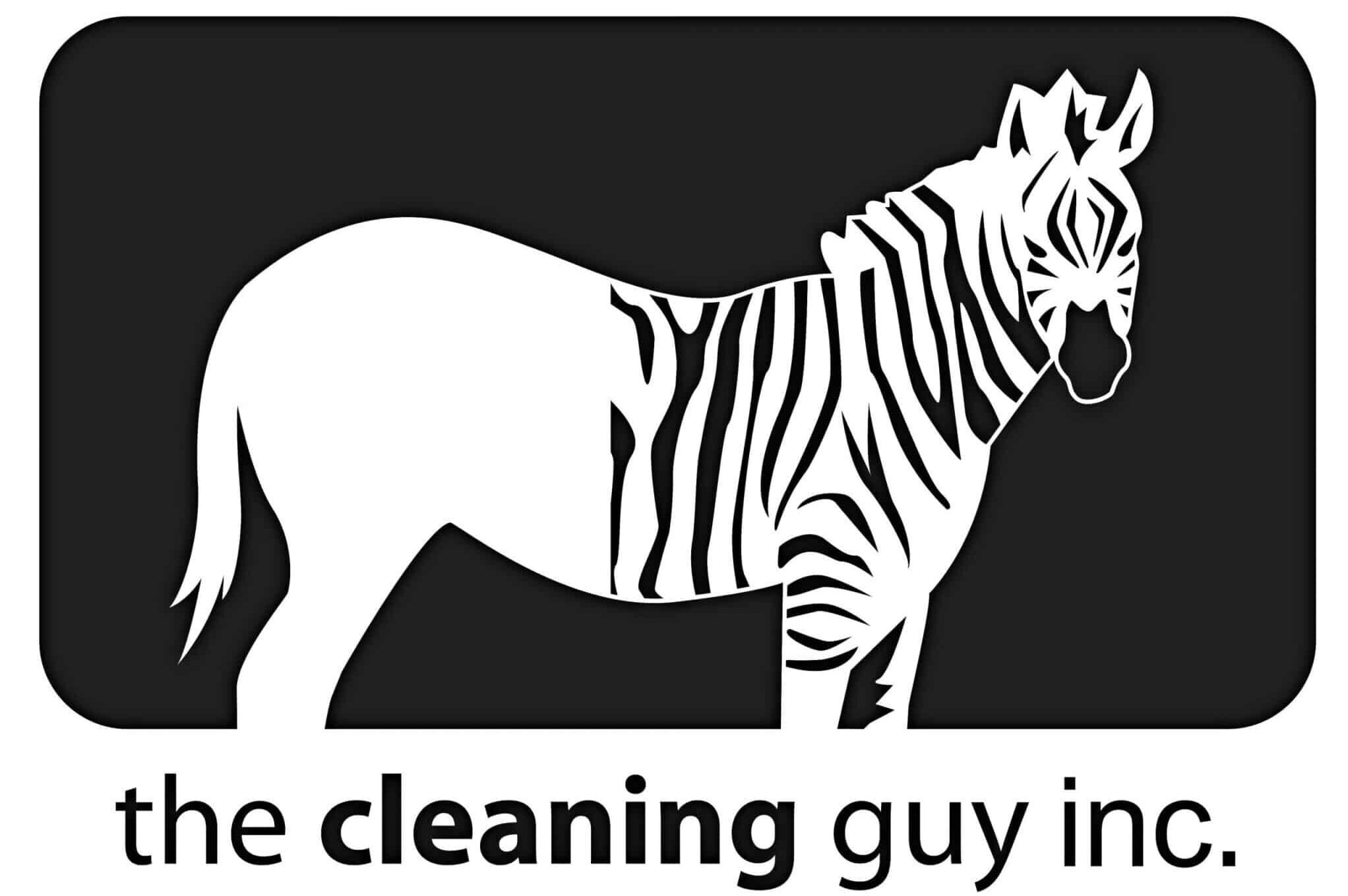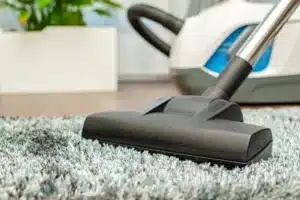When selecting or maintaining textiles, most people focus on appearance, texture, and performance.
But one of the most overlooked factors is environmental exposure—how and where a textile will be
used.
At The Cleaning Guy, we use our ZebraSeal treatments to help extend the life, safety, and cleanliness of
textiles with four core treatments: Stain Guarding, Flameproofing, UV Protection, and Antimicrobial
Protection.
Here’s how to assess your environment—and determine which treatments your textiles truly need.
- Is the Environment High-Traffic or Exposed to Spills?
➤ Use: ZebraSeal Stain Guarding
What It Does:
Applies a protective barrier that repels liquids, oils, and dirt at the fiber level—preventing absorption
and making cleaning easier.
Why It Matters:
Nearly every textile is exposed to wear and tear from traffic, food, drinks, and body oils. Left untreated,
these can permanently stain and degrade the fabric, causing costly service visits and eventual
replacement. With our ZebraSeal stain guarding treatment, you can significantly reduce the amount of
chemicals needed for regular maintenance, decrease textile waste from premature replacement, and
have peace of mind when investing in quality materials.
Environments That Need It:
- All residential and commercial environments (Platinum, Gold, and Silver treatments available)
2. Is There a Regulatory or Fire Safety Requirement?
➤ Use: Flameproofing
What It Does:
This treatment alters fabric behavior under heat and flame to reduce ignition, slow flame spread, and
suppress smoke production.
Why It Matters:
Textiles in public or commercial spaces may be legally required to meet specific fire codes (e.g., NFPA
260, NFPA 701, CAN/ULC-S109, etc.). Untreated fabrics can accelerate the spread of fire. Flameproofing
ensures your textiles meet safety standards while maintaining their look and performance.
Environments That Need It:
- Public and commercial spaces such as hotels, restaurants, entertainment venues, office buildings,
healthcare buildings, and schools
3. Will the Textile Be Exposed to Sunlight?
➤ Use: UV Protection
What It Does:
Adds UV inhibitors that block harmful ultraviolet rays, preventing fiber breakdown and fading of dyes.
Why It Matters:
Sunlight is one of the most aggressive environmental threats to textiles. UV exposure can cause fading,
fiber degradation, and fabric brittleness over time. A UV treatment protects the structural and visual
integrity of textiles used in sunlit or outdoor spaces.
Environments That Need It:
- Residential or commercial spaces with large windows or direct sunlight
- Outdoor cushions and canopies
- Drapery and window coverings
4. Is Hygiene a Priority or Is Moisture Present?
➤ Use: Antimicrobial Protection
What It Does:
Applies agents that inhibit the growth of bacteria, mold, mildew, and fungi on fabric surfaces.
Why It Matters:
Textiles in high-touch, humid, or healthcare-related environments can trap moisture and organic matter,
encouraging microbial growth. This leads to odor, discoloration, and potential health risks. Antimicrobial
treatments suppress microbial activity, supporting a cleaner, safer space.
Environments That Need It:
- Healthcare clinics and senior living
- Hotel headboards and fitness areas
- Shared seating in commercial buildings
- Daycares and wellness spaces
Final Thoughts: Match the Treatment to the Threat
By understanding the environment your textiles are exposed to, you can select the right protective
treatments to dramatically improve their performance and longevity.
We specialize in applying these treatments on location or at our facility—either to fabric rolls or finished
goods. Whether you’re designing for durability, compliance, or cleanliness, we’ll make sure your fabrics
are ready for the environment they’ll live in.Have a project in mind?
Contact us to discuss the right combination of treatments for your application.

